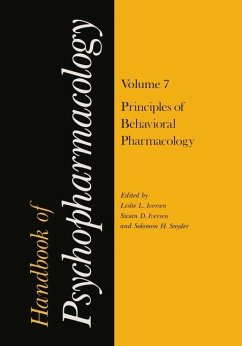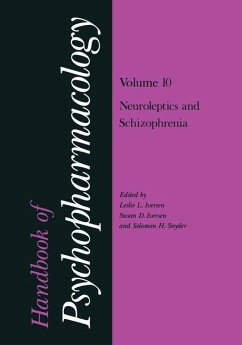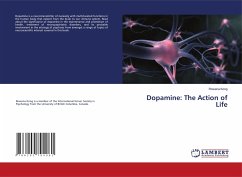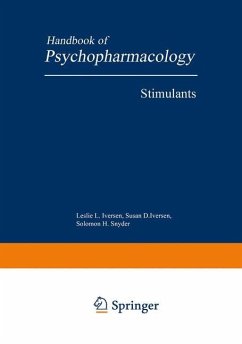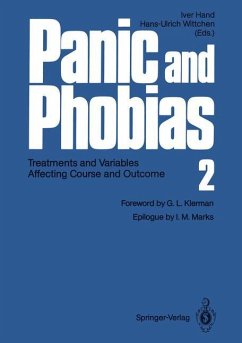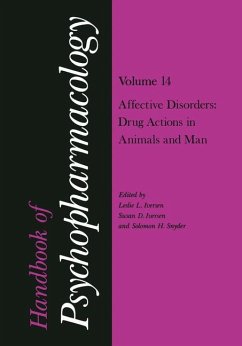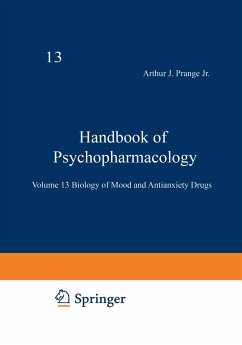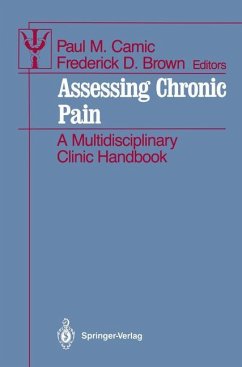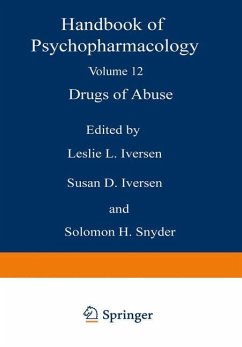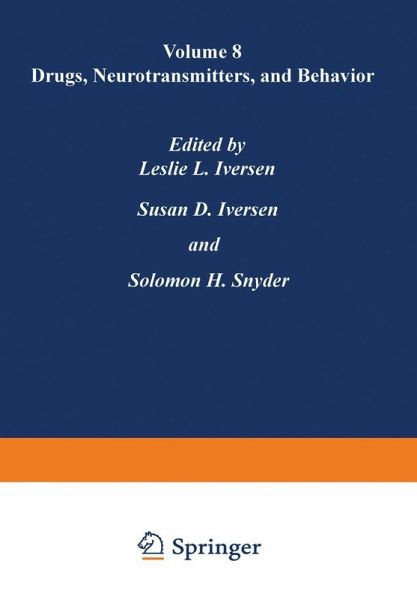
Drugs, Neurotransmitters, and Behavior

PAYBACK Punkte
39 °P sammeln!
The first six volumes of the Handbook reviewed basic neuropharmacology, drawing on expertise in biochemistry, pharmacology and electrophysiology. The next three volumes focus attention on the functional importance of these basic neuropharmacological mechanisms for normal behavior. In order to study this interface in the intact functioning organism, appropriate methods for describing and quantifying behavior must be developed. The past twenty years have witnessed a revolution in the study of behavior which has taken us away from the often fruitless theoretical arguments to descriptive behaviori...
The first six volumes of the Handbook reviewed basic neuropharmacology, drawing on expertise in biochemistry, pharmacology and electrophysiology. The next three volumes focus attention on the functional importance of these basic neuropharmacological mechanisms for normal behavior. In order to study this interface in the intact functioning organism, appropriate methods for describing and quantifying behavior must be developed. The past twenty years have witnessed a revolution in the study of behavior which has taken us away from the often fruitless theoretical arguments to descriptive behaviorism. Technical achievements in the design of apparatus and the recording of behavior played an important role in these and the resultant behavioral methods have been accepted and developments, found useful in studying the effects of drugs. The development of psycho pharmacology as a discipline owes as much to these behavioral methods as it does to the basic neuropharmacological techniques pioneered for in vitro studies. In the first section of Volume 7, an effort has been made to provide reviews both of theory and practice in behavioral science. Milner's chapter deals with the concept of motivation in a theoretical framework. By contrast, the chapters by Morse et ai. and Dews and DeWeese provide a more descriptive view of the various ways in which aversive stimuli control behavior and the importance of schedules of reinforcement in determining the profile of responding in the animal. The equal importance of observational behav ioral methods is well illustrated by Mackintosh et ai.



